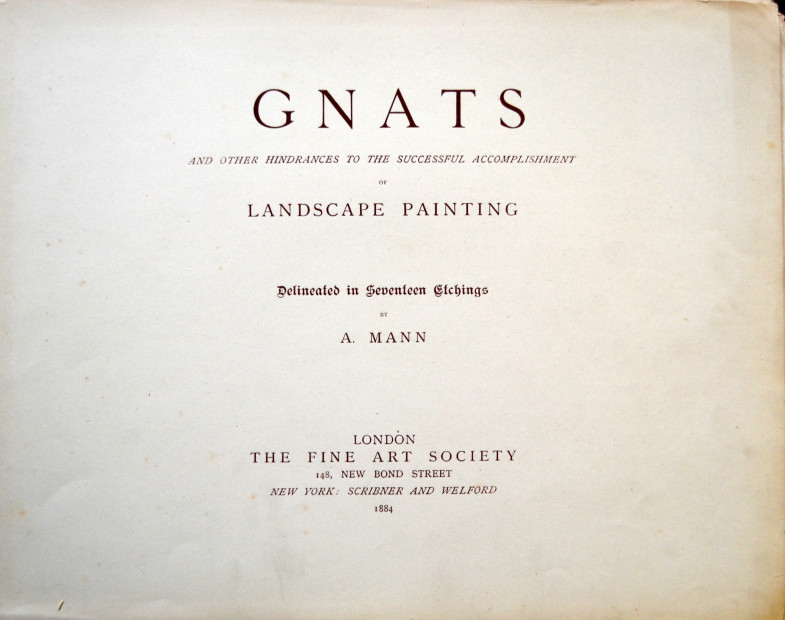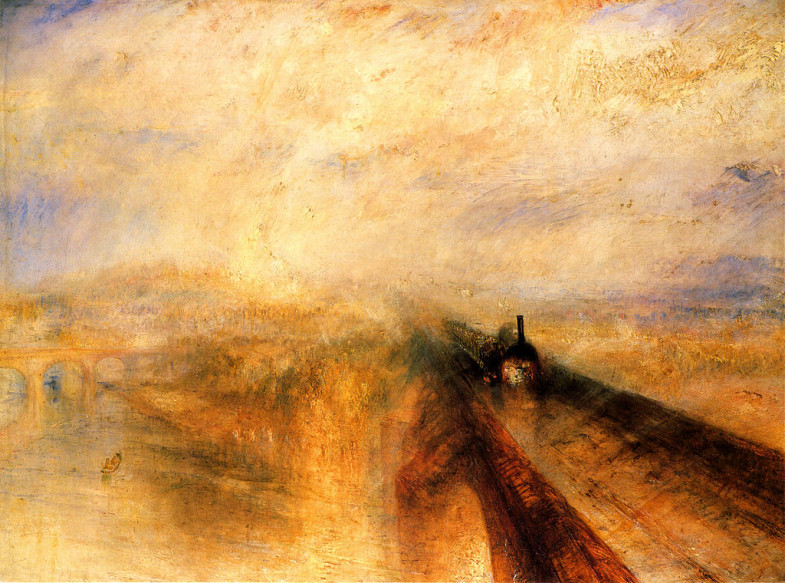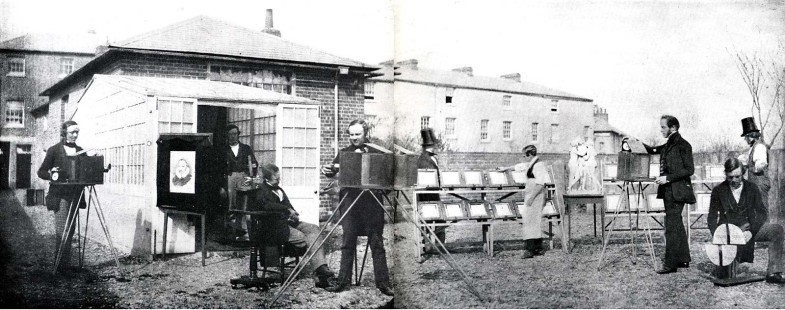
I am revisiting a paper originally given at the Film Philosophy conference in Amsterdam in 2013.
The full paper is available online at Scribd here:
Oxford and Nottingham

I am revisiting a paper originally given at the Film Philosophy conference in Amsterdam in 2013.
The full paper is available online at Scribd here:
Stanhope Forbes 'The Quarry Team' Print. 1894
Interesting times as the Chinese philosopher said. I have officially returned to NTU School of Art and Design to teach on Animation and Graphic Design courses ….I applied for a reduction in hours to support a more intense period of PhD application but have been told not possible so have to maintain my 0.5 contract for now. If I get any PhD support from other institutions I may try again in a year’s time for reduced hours.
I am moving back towards trying to obtain a fully funded PhD. I cannot afford full funding and supporting myself but maybe can get part funded and keep teaching?
The PhD ‘path’ I considering will bring together the basic premise of the ‘ANAMNESIA’ project but maybe with more focus on the impact of Railway on arts. For now the ‘Popular Culture’ angle one I looking at most intently.
Here are some preliminary proposals:
I am particularly interested in the concept of embedded literature and using illustrations and a narrative/travelogue approach in my research in the manner of W.G. Sebald and Patrick Keiller’s work with art and technology and region.
The PhD ‘paths’ I now considering below have developed out of the original Leverhulme Proposal and draws on material researched in my aborted M.A. Multimedia ‘ANAMNESIA’ project but with more focus on the impact of Railway on arts. For now the ‘Popular Culture’ angle one I looking at most intently.
The Leverhulme Proposal available online here:
http://www.scribd.com/doc/249245353/PhD-Levenhulme-Proposal
Possible lines of research investigation in this art history and technology area being considered are:

Art, Modernism and Technology 1840-1940.
The Railway, Radio and Telegraph in the development of Rural Artistic Communities (Networks) and Small Presses. Focusing on how ‘new technology’ created new artistic forms and communities from Dickens’s Pickwick Papers to The Cockerel Press.

2.‘Shifting Modes of Narrative’: Investigating illustration and sequential drawing as a response to the ‘new media’ of photography and cinema. 1836 – 1914.
Starting with Dickens illustrators and moving up to ‘Birth of Cinema’. Less regionally focussed.

Focusing on the narrative arts post ‘Railway’ and relating to contemporary definitions of networks and Transmediale new technologies.
Further details available online at my Transmedia Research Blog:
Shaun Belcher 10.07.2015
Read more about this App here : Microsoft Apps
It has been a career-defining week so until the dust truly settles I not making any comments about my withdrawal from the Creative Writing M.A. other than these reflections on what I think is happening to fiction these days in general.
It was only after withdrawal that I started to consider what it was that I had wanted from the course rather than what the course offered me. There was no problem with what delivered it simply wasn’t what I wanted..they sold bananas I actually wanted peaches.
The problem is that the field of ‘Extended Fiction’ which I am primarily interested in is at present almost homeless within academia in general. The NTU course is not the only one focusing on the principles of traditional fiction writing, screen-writing and poetry in categories that have been fixed since the notion of Creative Writing was accepted into the academy. Indeed one could even go back further to the battles to get English Literature accepted into the academy.
This constant seeking for ‘validation’ alongside the sciences means that, like fine art, a lot of conservatism has crept in alongside the wish to be taken seriously. This conservatism is especially prevalent now with REF status measurement . Creative courses move towards ‘acceptability’ through research worthiness but in my opinion it is stifling creative content and not just in writing.
The area of apps and fiction (see above) which mixing illustration and stories, online and offline graphic novels, voice-only novels ( a recent development..basically a recording of writer reading but no text sold) photo-embedded literature, visual-poetry, comics etc etc has hardly rippled the surface of ‘creative writing’ that country-wide has been modeled on a Stateside Iowa Workshop model first introduced in the 1960’s. A model that now 50 years old. We wouldn’t drive a car built in 1960 now so why drive a model of education that similarly dated?
There are various reasons for this. A lot of the embedded wisdom in that model is very good. Good writing is good writing and basic principles have not changed. What has changed is everything around that model. The stand-alone paper novel may not be as Will Self so clearly put it ‘as dead as the Dodo’ but it is it certainly one platform amongst many now. Self is one author trying to breathe life into its  form in an arena where what we call literature or ‘the book’ may be fragmenting into a variety of platforms. The internet has changed the delivery, consumption and influence of the literature we read as comprehensively as the first paperbacks sold at W.H.Smiths (which trains then distributed around the country like a steel internet) changed our notions of literacy, communication and most importantly fueled universal suffrage and democracy.
To paraphrase Yeats
Things fall apart; the centre cannot hold……
But the centre here is the reader. The reader is now the centre of endless opportunities be it social media, hypertext, embedded photos. Everything has become an endless ‘narrative’ which we making from our own lives via social media. To disrupt this ‘FLOW’ of trans-mediale imagery and text we have to purposefully disengage via Kindle or paper (the original kindle is a electronic metaphor for paper anyway) and place ourselves outside the ‘FLOW’.
If one turns one’s attention away from standard literature field to what I tentatively calling ‘Extended Fictions’ a whole new landscape emerges. This is a landscape that the millennial born digital natives are swimming in effortlessly. It is both image and text like graphic novels but maybe even more fluid and permeable once online. The graphic novel has its ‘paper’ retro adherents who regard online as a threat to its unique paper object-ness.  They see its object-hood as the defining characteristic of  paper-bound writing and in many ways this ‘thing-ness’ corresponds with contemporary crisis in the fine arts over authenticity and object value.
I spent much of last year investigating Charles Dickens and his illustrators as a key moment in the development of the ‘serialised’ novel. Indeed one could say he invented the modern magazine serialisation and therefore modern cinema and TV.
It is no coincidence that the first efforts to create working free-flowing multi-directional Apps from literature have used him as a model. The image above is a illustrated short story by Dickens from Microsoft. The image below is from the ‘Dark London’ app developed by the Museum of London and again drawing on both location tracking and multiple entry points to the narrative..all is FLOW..not uni-directional narration.
Unless modern creative-writing courses take on board THE FLOW we will have a version of writing presented as all writing just as a version of fine art currently dominates fine art. This is my opinion. It is not an opinion many in my institution would agree with that is for sure.
For me to not go with THE FLOW is to cease to go forward it as simple as that.
The future is here now and it looks very much like the past to me …we do not want to miss the train do we? Would Dickens be working on paper or the web?
Because of the all change in career break I did not have time to turn this lecture into a full paper sadly….maybe in future. Many thanks to the organisers of the Illustration and Narrative Construction Conference it was excellent.
[scribd id=215440254 key=key-1e6dtgjs615qa6mnacf2 mode=scroll]
Source: http://superitch.com/images/2012/10/LookingGlass18301201pg1.jpg
from
Accessed: 04.02.2014.
I am indebted to Superitch which has proved to be an excellent stateside resource which challenges most of the prevailing Stateside views of comic history.
These sequential panels by Seymour are especially interesting in relation to the pre Dickens/Victoria mid 1830s. In it Seymour depicts the unrest which affected London and the wider country,  including here in  Nottingham in 1831 post Reform Bill.
Again the question of a ‘continuing character’ seems not to apply and the titling does not seem to cohere into a complete sequential narrative but it damn close …As for Seymour’s radical politics they seem proven here and it interesting that just six years later the ‘radical’ Seymour was dead and the ‘Liberal’ Dickens was set to thrive as the conscience of a rising literate bourgeoisie fueled by cheap labour, imports and new technology…..sound familiar? Daumier would have understood completely…
This is an undercurrent I shall return to.
Panel 2 captions are fascinating in light of what about to occur in terms of expansion of the railway….the means whereby Dickens and Pickwick papers began its technological dissemination and promoted his ‘fame.
Large central figure, speaking to his dog: “What the Devil is the matter with us? Can you tell Trusty?â€
Dog: “No my good Master John. You like myself Seem to be getting worse and worse. I have a chance of a chance should the Steam Carriage come into vogue, But I see nothing for you except you can descend to live as I do.â€
One of the things that fascinating me at this point is where and when the notion of a ‘comic strip. i.e. a discernible sequential narrative arose. Reading classic comic histories there are a lot of different opinions but none seem to go back beyond Punch and as in Roger Sabin, Scott McCloud and the more recent book by Jared Gardner there different views depending on position i.e. USA, Europe etc. There also the arguments over when the ‘central CONTINUING character’ present’ a quote from Sabin. He cites Ally Sloper 1884 however I have already found some work by both Seymour ( The Heiress 1830) and William Elmes (published 1812) that seem to challenge these dates and notions. The Elmes pictured below has a identifiable protagonist even if the material is highly racist in ‘The Adventures of Johnny Newcome’. There are also several freestanding ‘panels’ attributed to him that may or may not have been cut from a larger canvas or may have been intended like Rakes Progress to be ‘one-offs’ in sequence. I am still looking for the answers to that.
 Source:Â http://www.art.co.uk/products/p22111912598-sa-i7618904/william-elmes-the-adventures-of-johnny-newcome-published-1812.htm?
Source:Â http://www.art.co.uk/products/p22111912598-sa-i7618904/william-elmes-the-adventures-of-johnny-newcome-published-1812.htm?
McCloud states on page 17 of ‘Understanding Comics’ (1993) an otherwise excellent drawn examination of the field that Topffer ..
‘featured the first interdependent combination of words and pictures seen in Europe’.
I would say that wrong in light of image above although exactly what he means by interdependent could be argued if the commentary is verbalised speech as opposed to ‘titling’. Again an area to be further explored.
Our ever valid and controversial wikipedia commentator states…in line with most commentaries that Topffer should be considered the originator but as in the illustration below I see no difference between this and Elmes….
Was it possible that continental practitioners were influenced by post Hogarth sequences is part of my investigation. I have also found some curious confluences between French and British images…..
The Swiss teacher, author and caricature artist Rodolphe Töpffer (Geneva, 1799–1846) is considered the father of the modern comic strips. His illustrated stories such as Histoire de M. Vieux Bois (1827), first published in the USA in 1842 as The Adventures of Obadiah Oldbuck or Histoire de Monsieur Jabot (1831), inspired subsequent generations of German and American comic artists. In 1865, the Germanpainter, author and caricaturist Wilhelm Busch created the strip Max and Moritz, about two trouble-making boys, which had a direct influence on the American comic strip. Max and Moritz was a series of severely moralistic tales in the vein of German children’s stories such as Struwwelpeter (“Shockheaded Peter”); in one, the boys, after perpetrating some mischief, are tossed into a sack of grain, run through a mill and consumed by a flock of geese. Max and Moritz provided an inspiration for German immigrant Rudolph Dirks, who created the Katzenjammer Kids in 1897. Familiar comic-strip iconography such as stars for pain, sawing logs for snoring, speech balloons, and thought balloons originated in Dirks’ strip.[5]
Source: http://en.wikipedia.org/wiki/File:Toepffer_Cryptogame_13.png
This is the official website for the conference which handily is blocked from within Nottingham Trent University 🙂
http://illustration-and-narrative.jimdo.com/
This is the prompt for the whole Robert Seymour paper. Purchased in my hometown of Didcot many years ago from a second-hand shop it is a complete Caxton edition of Dickens novels, Â It is from this that I took the idea of looking more closely at the Dickens illustrators in relation to sequential narrative.
© 2026 TRACK
Theme by Anders Noren — Up ↑